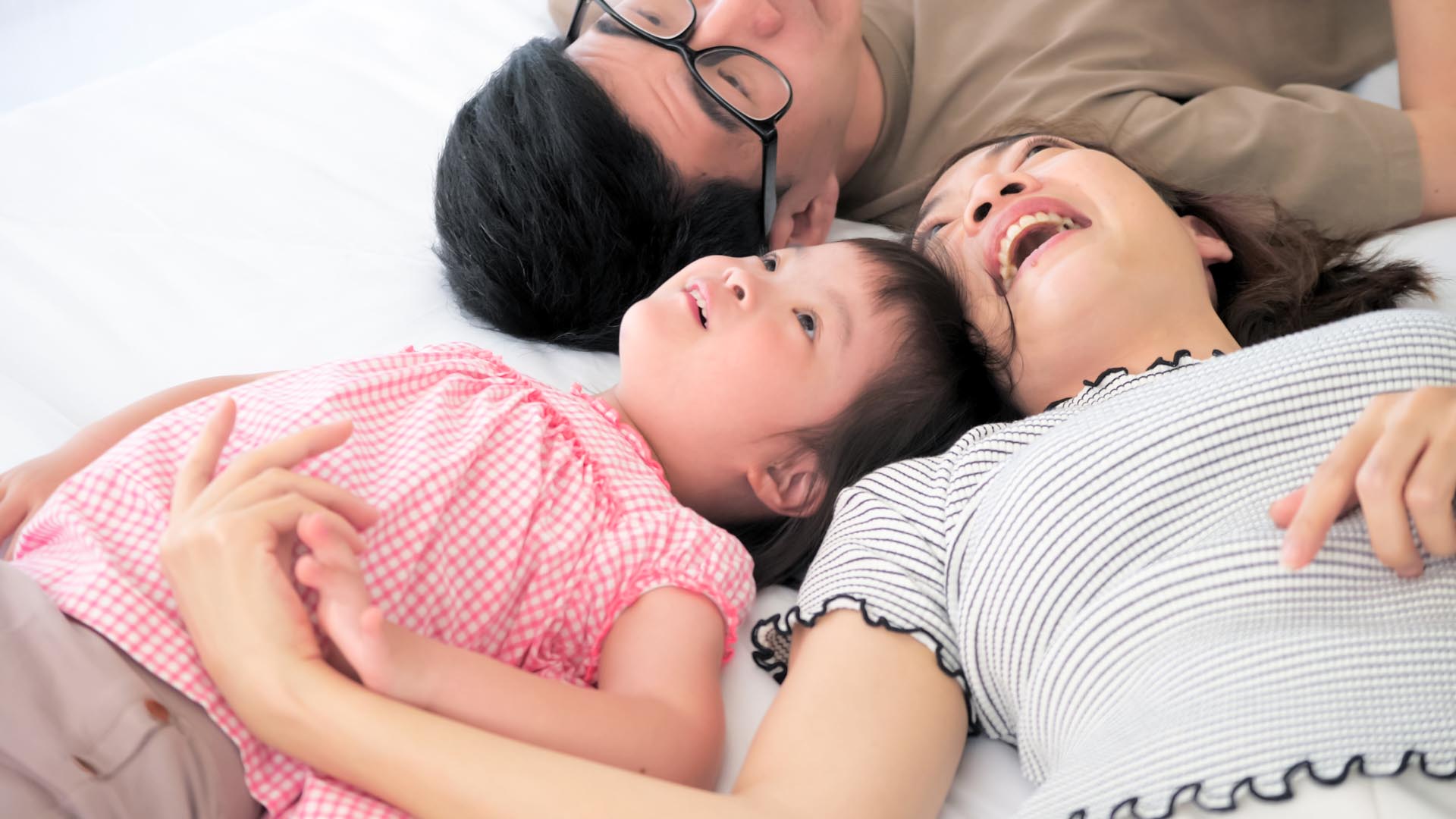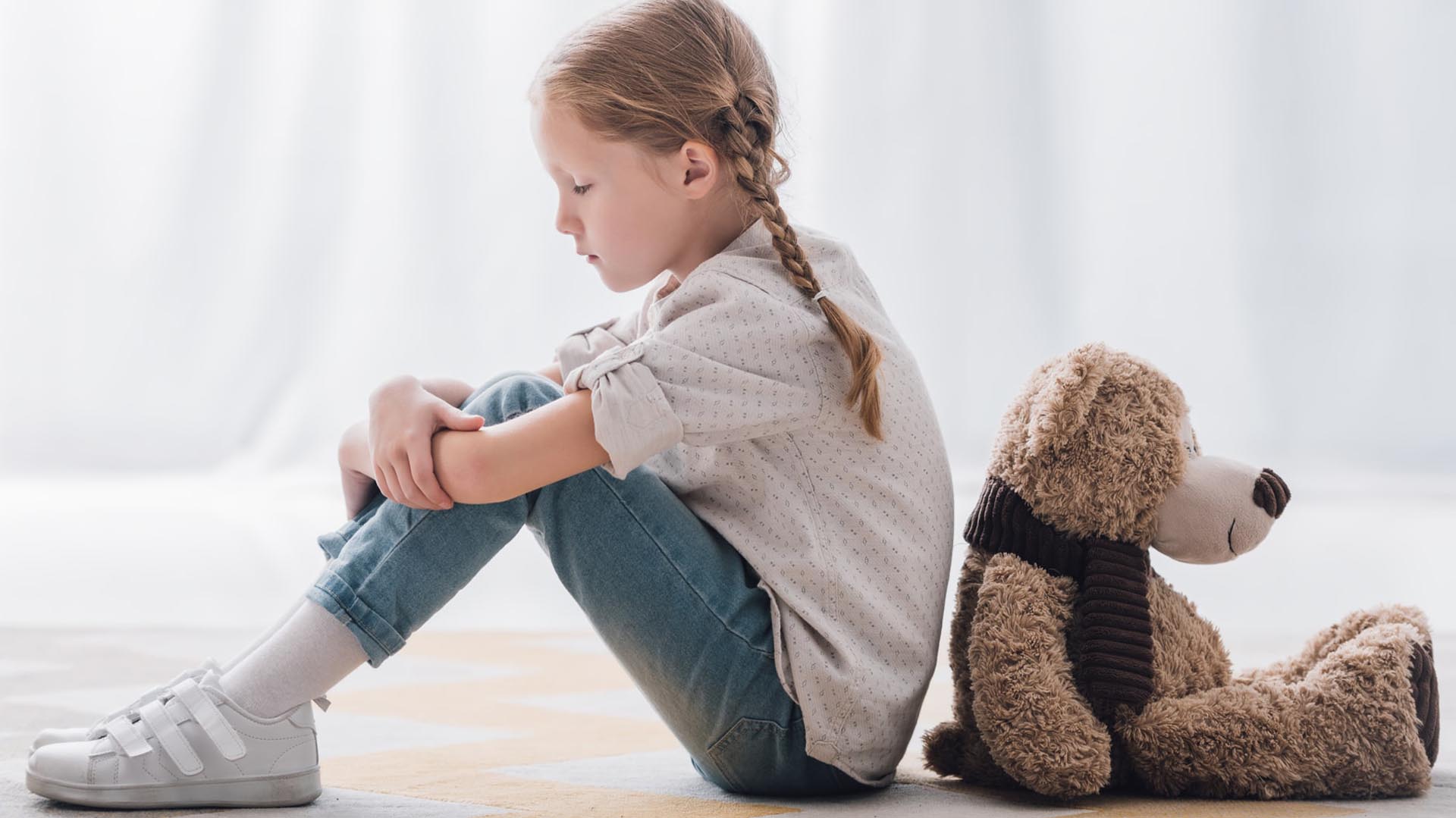The Autism Friendly Home
Home is a place where everybody feels a sense of security, serenity and peace of mind. It gains even more importance when it houses a person or child diagnosed with autism. The home must be more autism friendly in such cases. Understanding the key requirements and how you can make an autism friendly home is very important.
An autism friendly home is the place where the person or child diagnosed with an autism spectrum disorder (ASD) has available all the facilities and amenities that are used in their therapies and routine daily life. There are many factors that need to be considered when establishing the priorities for an autism friendly home. These considerations depend on the special conditions of the child or person diagnosed with autism, the therapy that is being executed and the prescription of the consultant.
Following are the very basic and necessary features to be considered for an autism friendly home:
Security zone: Security should be a top level priority. The level of the ASD of the child diagnosed with autism is a very important factor that defines the level of the security zone in the home. A child diagnosed with autism can engage in aggressive behavior and harm himself or herself, or other people. So special care should be taken to ensure objects, such as tools and utensils, do not pose a danger. For example, cutlery with sharp edges should be placed in a very safe place under lock and key.
Safe and serene living place: Special care should be given to the structure of the living area, which should be designed so that it suits the behavior and emotions of the child with autism. The paint color should be carefully chosen. The space should be adequate for different activities and therapy drills. There should be reasonable space to play, and weather conditions should be taken into consideration while designing the structure of the autism friendly home. There should be no items that ignite the emotional behavior of the child or person diagnosed with ASD. A good consultant or an expert on autism should be consulted to ensure the proper design of the autism friendly home.
Patient and tolerant caregivers: It is very important for peace, calm, motivation and congeniality to prevail in every room and corner of an autism friendly home. This can only be achieved through strong nerves and a high level of patience, which should always be maintained and managed while in the autism friendly home. Calm can be achieved through different activities, and training and practice regulating behavior. Taking ownership of behavior leads to an increase in patience and a higher level of tolerance to different irritants. The care-giving of the caregivers can be achieved through daily morning walks, attending to social festivities and contributing to the child’s development through positive social work. Do not hesitate to get help from special services, friends and family members if available.
Tools and equipment: The tools and equipment needed for different therapies should be available and easily accessible. To ensure the best results from therapies, use high-quality equipment and learning tools and maintain and update them as required.
Cleanliness and hygiene: Cleanliness and hygiene are key requirements of an autism-friendly home. Maintain a very clean, hygienic, and natural-looking home to obtain better results from the therapies.
Reference:
http://www.montgomerycountymd.gov








